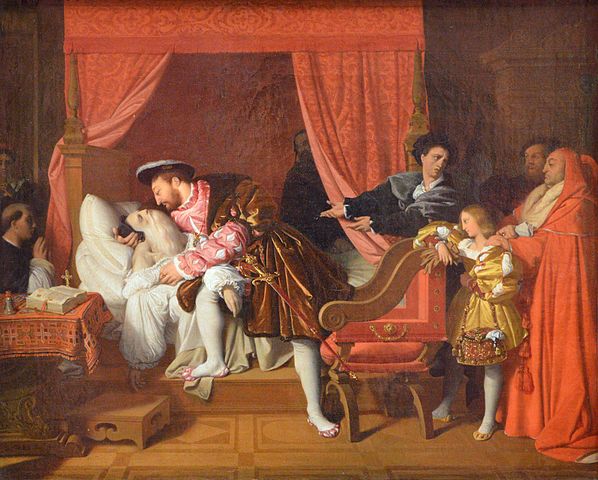Sun Lion
Heir Presumptive
- Joined
- Oct 18, 2012
- Messages
- 2,211
- City
- Sydney
- Country
- Australia

The Christmas decorations are back at the Château Vaux-le-Vicomte. This splendid castle was the inspiration for the Château de Versailles. Vaux-le-Vicomte was created by the same three masters responsible for Versailles: Louis Le Vau (exterior), Charles Le Brun (interior) and André Le Nôtre (gardens).
The Château Vaux-le-Vicomte was build in 1656/1670 for Nicholas Fouquet, Vicomte de Vaux (1615-1680), Sûrintendant (= "Minister") of Finances under King Louis XIV. In the course of time the château became very neglected and in poor state but in the 19th C it was bought by the De Vogüé family and brought back to old glory. At present the estate is owned by three brothers: Asciano, Jean-Charles and Alexandre de Vogüé.
The castle is known for the splendid interiors. Look at the gobelins behind the Christmas decoration: picture. For Christmas the castle is wonderfully decorated.

 Love it!
Love it! 
 Gorgeous!
Gorgeous! 
After King Henry II died in 1559, his widow Queen Catherine de' Medici made the Chateau de Chenonceau her own favorite residence.
It was the residence of Henri's infamous mistress Diane de Poitiers,Catherine now all powerful queen regent forced Diane to exchange her beloved Chateau de Chenonceau for the Château de Chaumont.
Henri's death was Diane's downfall.
A step down for Diane, but it had - and still does - the best stables in Europe, and a wonderful position.
She also retained the even nicer Château d'Anet but more importantly she kept her head
And I alway picture her as Lana Turner, from that old Roger Moore movie An Ard Ri - which isn't really right!
She sounded like a capable and motivated person from what she did for the property when she was in charge of Chenoneau.

Leonardo da Vinci died on the grounds of Amboise at the Château du Clos Lucé on May 2nd,1519.His remains were were originally buried at the Collégiale Saint-Florentin du Château d'Amboise but were thrown into a pit in 1793 when the church was vandalized and pillaged and later torn down.The alleged bones of Leonardo da Vinci were re-discovered in 1863 and were reburied at the Chapelle Saint-Hubert inside the chateau.

